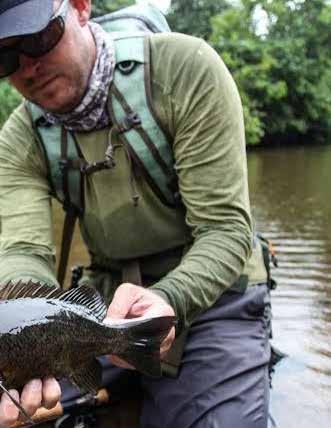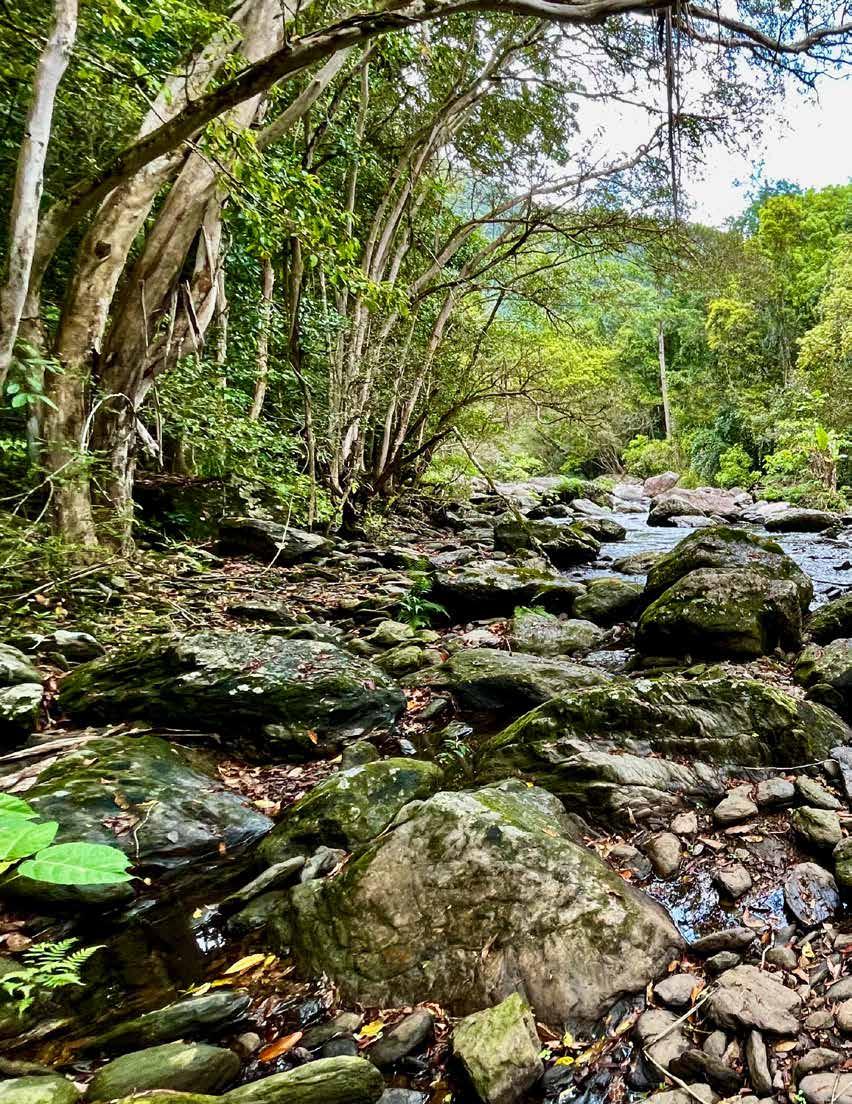
3 minute read
Far North Queensland, Australia
by Austin Orr
When Americans think of Australia, deadly critters, friendly locals, kangaroos, and the Great Barrier Reef are things that come to mind. I can confirm, all that is true.
Advertisement
As I started to research for my trip over there, I started coming across references to plenty of different fish species that I’d never even heard of. This in itself was not surprising, but when I came across jungle perch, I knew I’d found something special.
Jungle Perch, or JPs as the locals call them, were formerly widespread up and down the Eastern coast of Australia. Like many fish around the world, habitat loss has negatively impacted their range. These days they are mostly concentrated in the continent’s northeast corner.
It is there that they reside in the clear, rocky streams that tumble out of an ancient jungle that coats the slopes of the low mountains in Far North Queensland. For 300 million years, monsoon rains have shaped this landscape and these fish. Since the rivers and creeks are so short, with their headwaters in the hills and their flows quickly finding the sea, they don’t have much time to build up a high nutrient load. There are no massive fish to be found here, but they pull hard and can often be tempted into eating a topwater. For those anglers that enjoy pursuing bass and sunfish in beautiful, clear-running streams in Texas and throughout the Southeast, you’ll feel right at home. The cover is the same, the fish hold in the same spots, and you could easily just bring your typical loadout of streamers and topwaters. If I went back, I’d bring a 6 weight, 10 foot leaders tapering to 10lb test, and various topwaters between size 8 and size 2.
The same rules that govern fishing these streams also hold true. The farther you walk away from the access point, the more likely you are to find fish willing to eat.
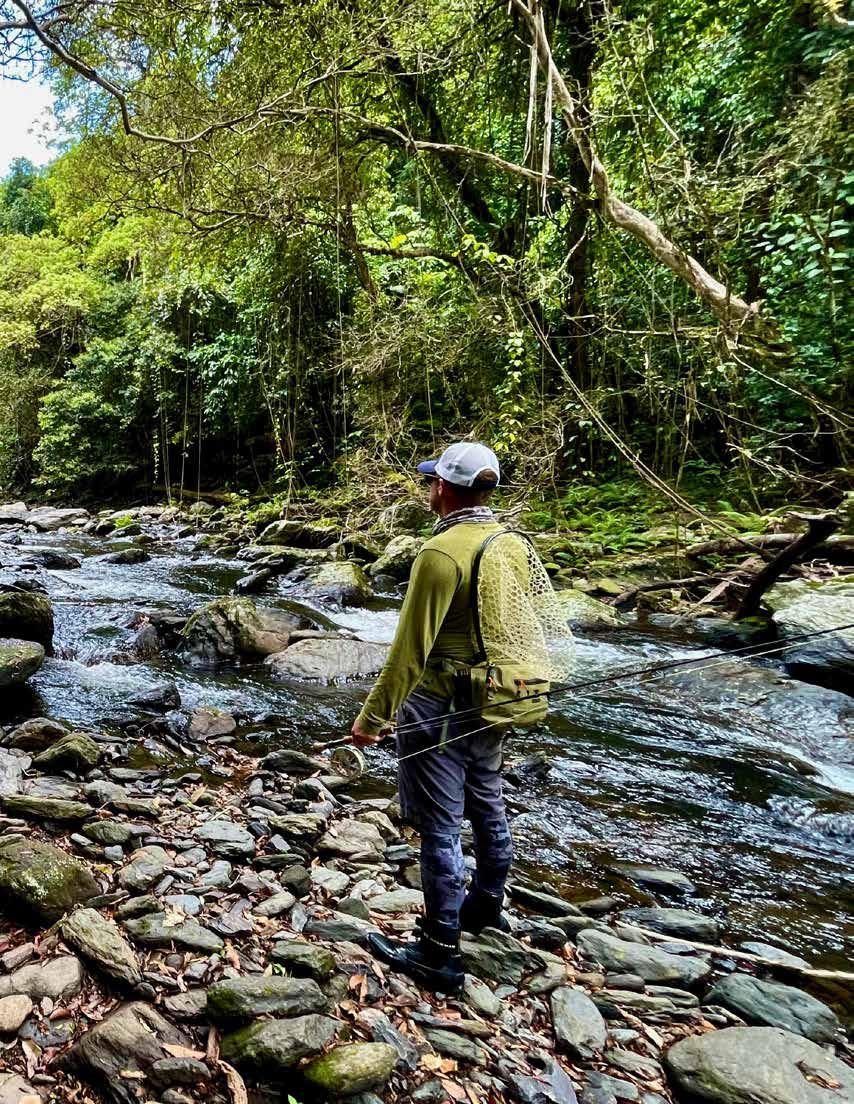
What’s different, at least for folks that’re used to bass and sunfish, are the surroundings. The jungle is dense and vibrant, hiding a multitude of birds chirping and squawking throughout the day. A sudden rustle and wingbeat announces the presence of orange-footed scrub fowl, while the occasional color burst of rainbow parakeets screech overhead. Each breath brings a scent that you’ve never smelled, and each step could bring you closer to seeing a cassowary around the bend.
If you’re close to the mountains, the jungle tends to be thicker and the creekway is filled with boulders and rubble. The creek flows amongst the stone, forming pools and falls that skirt and plunge. The water is clear and the fish are spooky - your best chance is the first cast in each pool. Where jungle perch are found there are usually also sooty grunter. If JPs are analogous to a guadalupe bass, sooties are the redbreast sunfish of the local systems, aggressive and eager if you’re stealthy enough. If you don’t mind a bit of a walk and wade adventure, you can pretty easily DIY yourself through multiple creeks and explore each system over multiple days if you like. As the creeks wind their way down from the highlands into the farms and gently dropping slopes, they leave most of the boulders behind and gain a soft bed of gravelly sand. Half-sunken trees now form most of the fishy cover, and a weather eye is kept for any of the smaller crocs that might have patrolled up this far from the main river. Australians are incredibly laid back about An example example of what the creeks look like up near the mountains; large boulders, small pools and small fish. most of the dangers that exist on their continent, but they take saltwater crocodiles extremely seriously and I did too. It definitely changes the fishing mindset when you’re in croc country and limits what you can accomplish on foot.
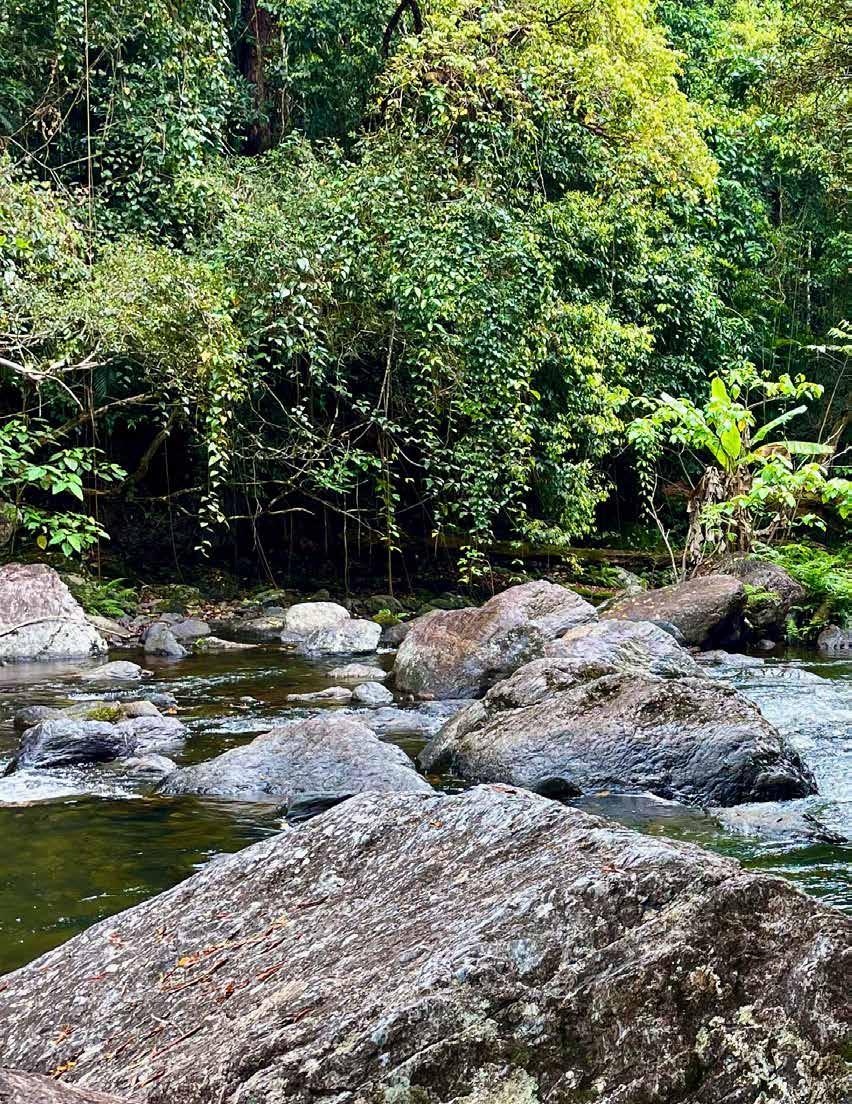
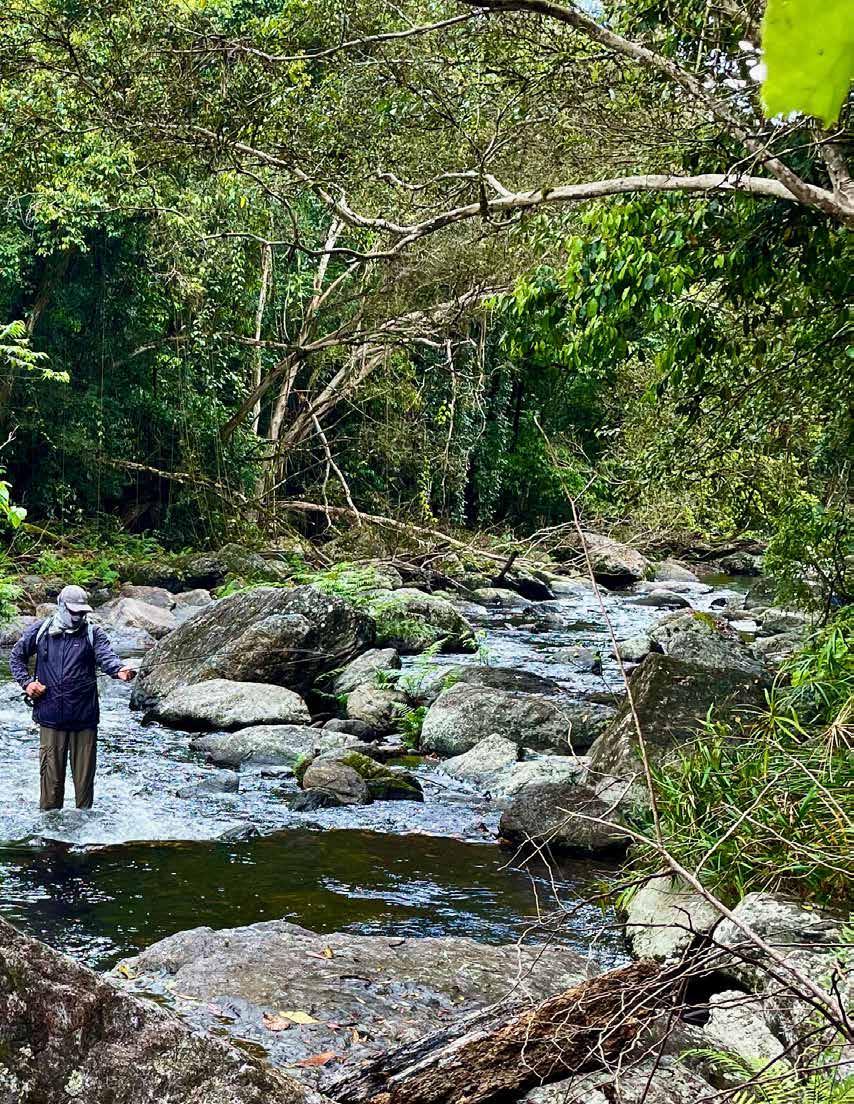
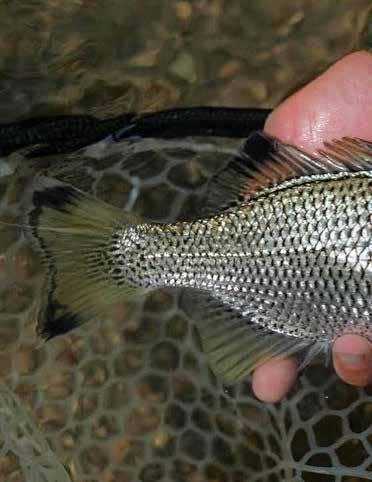
A jungle perch that followed a topwater for probably 30 feet downstream before commiting.
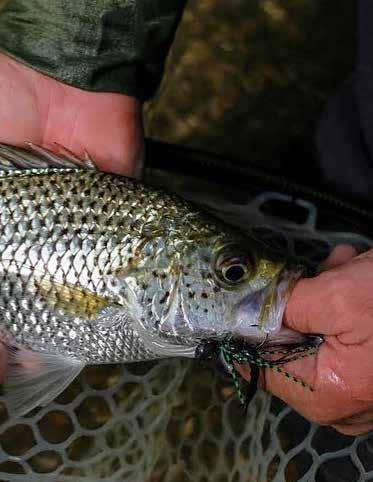
There aren’t enough calories to sustain the truly dangerous crocs up high, but as the creeks meander their way down into the farmlands and continue to slow down and spread out, it’s no longer a good idea to wade. Barramundi now join the target species, along with mangrove jacks (Lutjanus argentimaculatus), a cousin to the mangrove snapper (Lutjanus griseus) that we are familiar with here. Farther down towards the salt, we start encountering juvenile giant trevally, queenfish, australian tarpon as well as other interesting species you’ve probably never heard of. At that point you’ll need to be in a boat and you lose a bit of the freedom that comes from hopping in and wading. I recommend you seek out a guide or befriend a local for that kind of fishing.
I was lucky enough to spend a full day on the front of a boat throwing 8 inch bendbacks for barras in lilly pads and big poppers for queenies with one of the local guides up there, but that’s a farther away from the mountains they slow down, spread out, and have gravel and sand for easy wading.
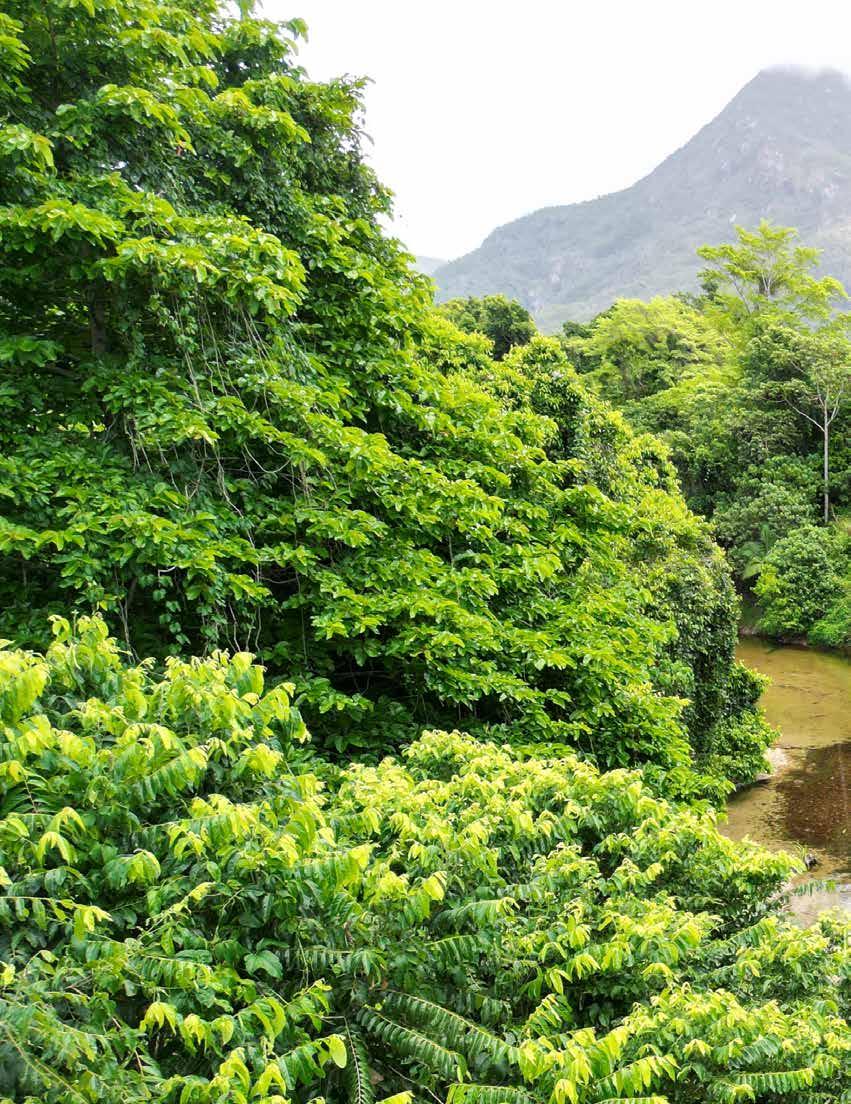
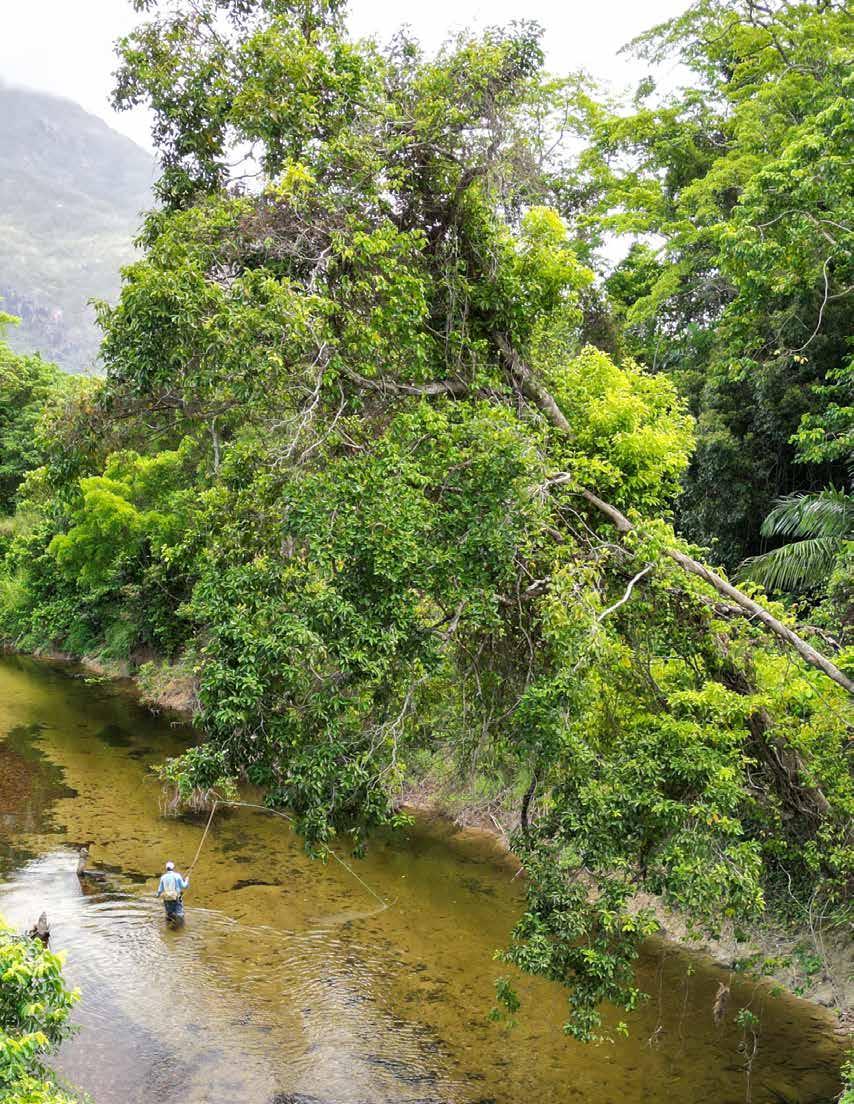
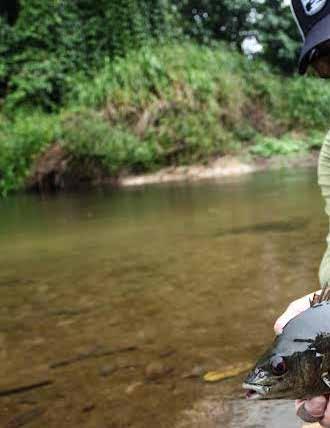
The largest sooty grunter that I caught while over there, but far from as large as they get.
